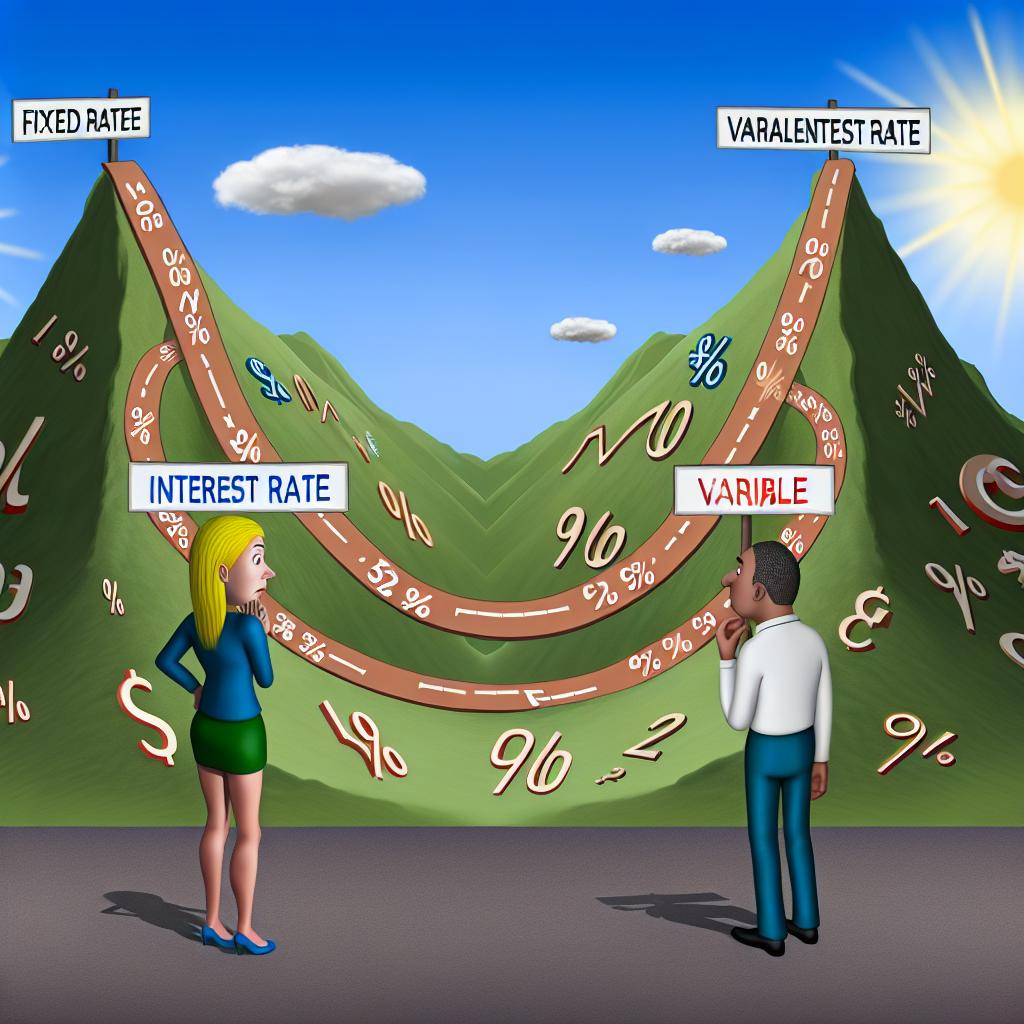
Consequences of Missing a Loan Payment
When a borrower misses a loan payment, the repercussions can be both immediate and long-lasting. Understanding these consequences is crucial for managing one’s financial health effectively. Below, we explore the different outcomes that can arise from missing a loan payment.
Impact on Credit Score
A missed loan payment generally has a detrimental effect on your credit score. Loan providers typically inform credit bureaus of missed payments once they reach 30 days overdue. This negative mark can persist on your credit report for up to seven years. The severity of this impact often hinges on your previous credit history; individuals with a strong credit score might experience a more significant decline compared to those already struggling with credit issues. For advice on managing your credit score, consider exploring resources provided by the Consumer Financial Protection Bureau.
Understanding Credit Scores: A credit score is a three-digit number that represents your creditworthiness, and it is crucial for various financial activities like obtaining loans, credit cards, or even renting an apartment. When you miss a payment, this number can decline, and the lenders might perceive you as a higher-risk borrower.
Effect on Loan Opportunities: With a lower credit score, you may find it more challenging to secure loans or credit cards in the future. Lenders might either reject your application or offer less favorable terms, such as higher interest rates.
Late Payment Fees
Lenders commonly impose late payment fees if you fail to meet a payment deadline. These fees can vary but typically amount to a notable additional cost. Reading the terms of your loan agreement is imperative to comprehend the fee structure and any possible grace periods that might be available.
Structure of Late Fees: Late fees may differ based on the lender and the type of loan. Some loans have a flat late fee, while others might charge a percentage of the missed payment. Understanding these fees can help you assess the financial impact of a late payment.
Repeat Offenders: Continual late payments can accumulate substantial fees, further straining your financial resources. Reviewing and understanding your loan agreement can help mitigate these costs.
Increased Interest Rates
Certain loans feature an interest rate clause that allows for an increase in interest rates following a missed payment. This adjustment can make the loan more expensive over time, leading to higher overall payment amounts than you initially anticipated.
Loan Terms and Interest Rates: Every loan agreement has specific terms dictating when and how interest rates can change. It’s vital to read these terms carefully before signing any agreement.
Financial Planning: Anticipating increased interest rates can assist in better financial planning. If your lender imposes higher rates after a missed payment, ensure your budget can accommodate these changes.
Potential Legal Action
Although most lenders prefer collaborating with borrowers to resolve delinquent accounts, repeated payment failures might result in legal action. This could involve wage garnishments or placing liens on properties. However, such measures are typically considered only after attempts to address the debt through negotiations prove unsuccessful.
Legal Repercussions: Legal actions due to non-payment can severely affect your finances and personal life. Wage garnishments could reduce your take-home pay significantly, while property liens may hinder your ability to sell assets.
Negotiations: Open communication with your lender might avert legal action. Lenders often explore various options to settle the debt, emphasizing the importance of staying in touch.
Loss of Loan Benefits
Certain loans offer benefits, like discounts for timely payment or the chance to refinance at a favorable rate. Missed payments can lead to forfeiture of these benefits, resulting in increased financial burden.
Understanding Loan Benefits: Many loans come with various incentives to encourage timely payments. By missing payments, you may lose eligibility for reductions in interest rates, fee waivers, or other promotions.
Reinstatement of Benefits: Some lenders may allow the reinstatement of certain benefits if you bring your loan account back into good standing. It is crucial to discuss this possibility with your lender directly.
Collection Calls
If you miss a payment, prepare for persistent contact attempts from your lender. Lenders often enlist collection agencies to recover the owed amount. These agencies might reach out via phone, mail, or email until the unpaid balance is settled.
Methods of Communication: Collection agencies utilize multiple channels to contact debtors, and these communications can sometimes become frequent or even invasive.
Responding to Collections: Engaging with these agencies and understanding your rights can help manage the stress associated with these communications. It’s advisable to seek professional advice if needed.
Steps to Take if You Miss a Payment
Upon realizing you might miss a payment, contact your lender immediately. Many lenders offer hardship programs or alternate payment plans that could assist in managing the situation. Maintaining open communication can help preserve your relationship with your lender and potentially prevent further negative outcomes.
Proactive Communication: Initiating a discussion with your lender before they reach out demonstrates responsibility and might lead to more agreeable solutions.
Utilizing Support Services: Engaging with financial counseling services can offer additional support. Organizations like the National Foundation for Credit Counseling provide guidance to help manage and mitigate financial difficulties.
Financial Counseling: Such agencies offer solutions tailored to individual situations, often encompassing budgeting assistance, debt management plans, and creditor negotiations.
Reevaluating Financial Priorities: If missing payments becomes a recurring problem, reassessing budget priorities and expenses might be necessary to prevent future financial difficulties.
Understanding the ramifications of missing a loan payment can assist in making informed decisions and encourage proactive financial management. Managing loans requires diligence, but with careful planning and communication, it is possible to avoid or mitigate the consequences of missed payments.



